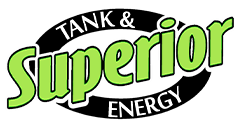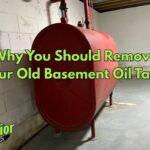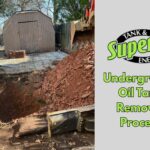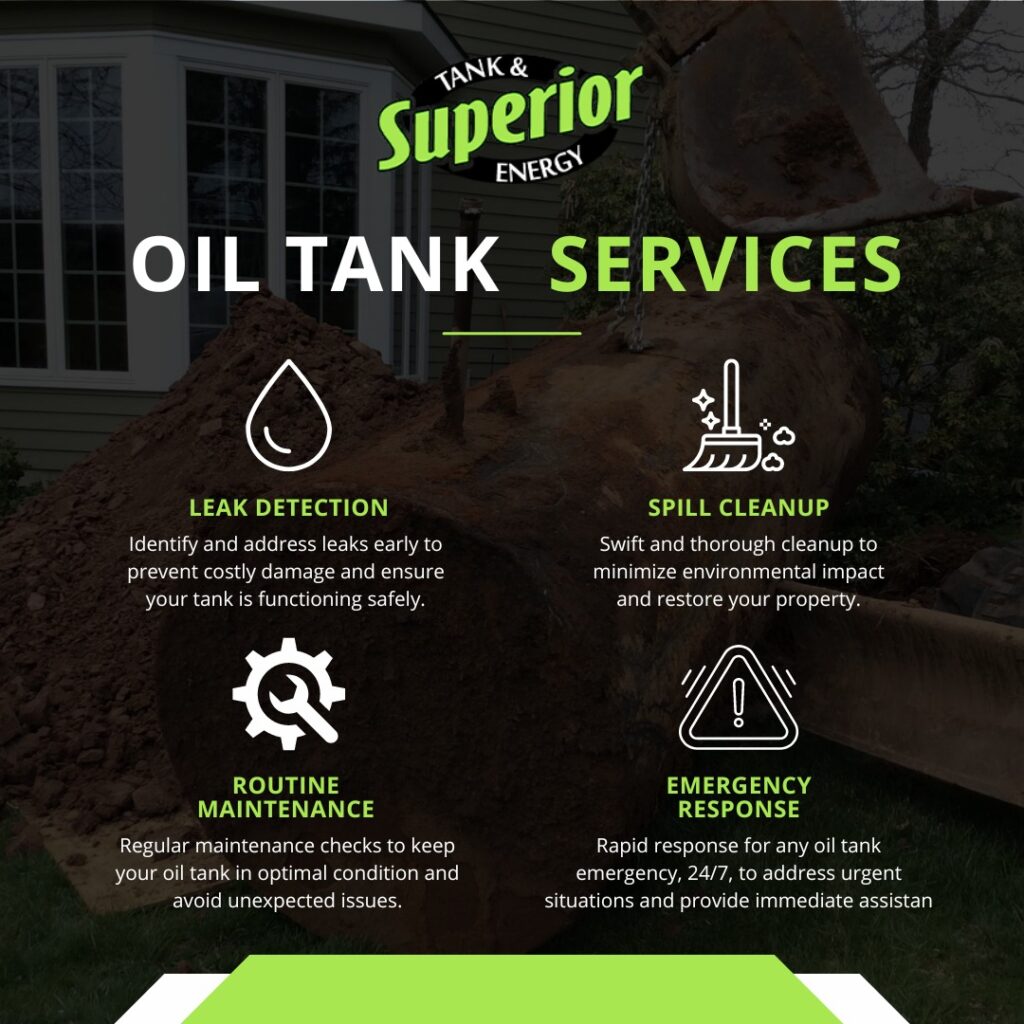
- Posted by: Doug
- 0 Comments
What Is Superior’s Process for Removing an Underground Oil Tank?
If your home in Pennsylvania or New Jersey has an underground oil tank that’s aging, leaking, or no longer in use, removal is often the safest and most cost-effective option. But how exactly does the removal process work?
At Superior Tank & Energy, we’ve refined our underground oil tank removal process to be fast, clean, and fully compliant with all local and state regulations. Whether you’re in Bucks County, Montgomery County, Camden County, or Ocean County, our certified crews handle every step in-house. That means no subcontractors and no delays.
Here’s what to expect during your residential oil tank removal project.

Step 1: Site Visit & Locating the Tank
Before we break ground, we start with a site visit to assess the underground storage tank (UST) ’s size, location, and accessibility. If the tank’s position is unclear, we use visual clues or tools like a magnetometer to find it. This step helps us plan a clean, efficient oil tank excavation.
Step 2: Permits & Scheduling
Next, we handle all required permitting for your township or municipality. In both Pennsylvania and New Jersey, underground tank removal must be permitted and inspected. We submit the application, coordinate with inspectors, and schedule your project once permits are approved. This process usually takes less than two weeks.
For more information on permits, visit the PA Department of Environmental Protection or the NJDEP.
Step 3: Excavation
Our team arrives with a rubber-tracked mini excavator designed to minimize damage. We protect your yard, grass, and hard surfaces with plywood during excavation. Then we dig to uncover the underground heating oil tank safely and prepare for removal.
Step 4: Pumping & Cleaning the Tank
Once exposed, the tank is cleaned to meet disposal standards:
- Any remaining oil is pumped out
- We cut an access panel in the tank
- All sludge and residue are removed and safely disposed of
This is a key part of the oil tank removal process to prevent environmental risk.
Step 5: Tank Removal & Disposal
The cleaned tank is lifted out and hauled to a licensed salvage facility for legal underground oil tank disposal. This step ensures you’re in full compliance with state regulations and avoids future liability.
Step 6: Soil Testing
We collect soil samples from beneath and around the tank to ensure there are no leaks or contamination. Our team handles:
- Sample prep
- Lab submission
- Final closure reporting
Soil testing is mandatory in most jurisdictions and typically takes about two weeks for lab results. If we find any contamination, we’ll perform soil remediation services.
Step 7: Backfilling
Once testing is complete and approved, we backfill the hole with clean fill dirt. We leave it slightly mounded to allow for natural settlement. Paved areas are filled with appropriate stone or aggregate.
Why Choose Superior Tank & Energy?
Our customers throughout Lehigh County, Gloucester County, Mercer County and beyond choose us because we’re fast, thorough, and reliable. Here are some of the benefits of working with Superior:
- One-day residential oil tank removals, in most cases
- All work is performed in-house by trained professionals
- Full permit compliance and inspection coordination
- Licensed in PA and NJ, with OSHA and HAZWOPER-trained crews
- Detailed closure reports for your records or property sale
Schedule Your Underground Oil Tank Removal
Ready to remove your underground oil tank? We proudly serve areas across southeastern Pennsylvania and central and South Jersey, including Lehigh County, Gloucester County, Mercer County, and beyond. Contact Superior Tank & Energy today to schedule your site visit.
Frequently Asked Questions About Underground Oil Tank Removal
How long does underground oil tank removal take?
Most residential oil tank removal services are completed in one day. Soil testing results typically take one to two weeks, depending on the lab.
Do I need a permit to remove an underground oil tank in PA or NJ?
Yes, permits are required by all municipalities. Superior Tank & Energy handles the application and inspection process for you.
Is soil testing required after removal?
Yes. Soil sampling is a legal requirement to confirm the tank didn’t leak. It also protects you during property sales or insurance claims.
How long does an underground oil tank last?
An underground oil tank lasts anywhere from 10 to 30 years, depending on how well it was built and maintained. If your tank is over 10 years old and is having issues, then we recommend calling to see if oil tank removal is the right call.






Recent Comments